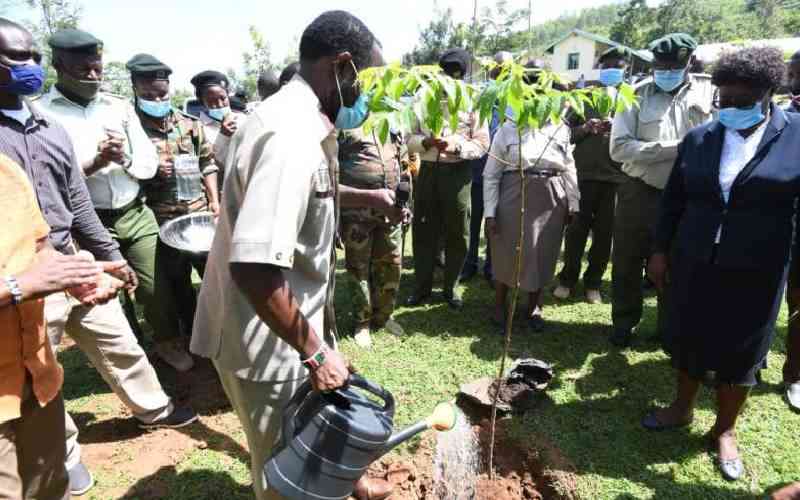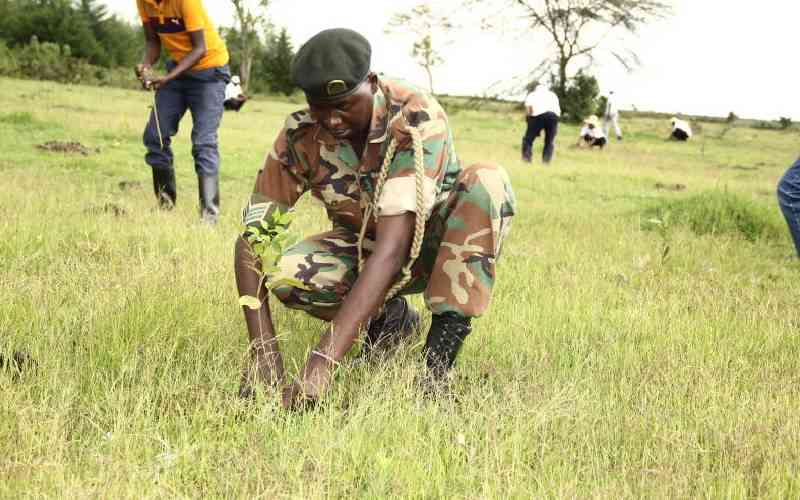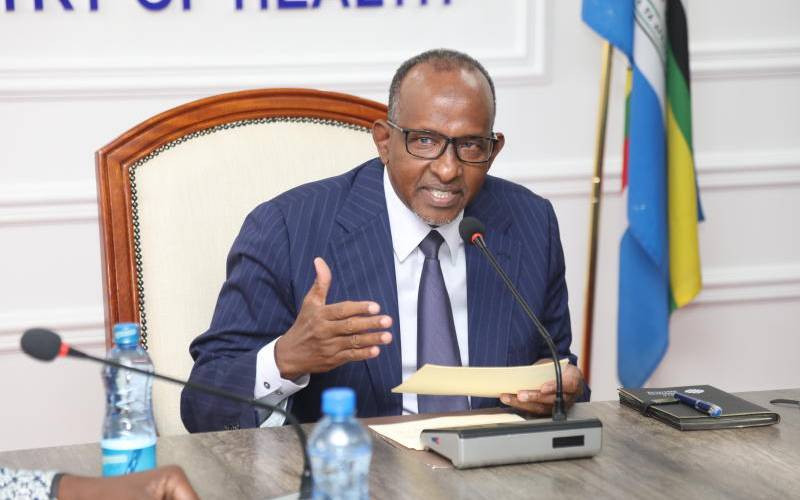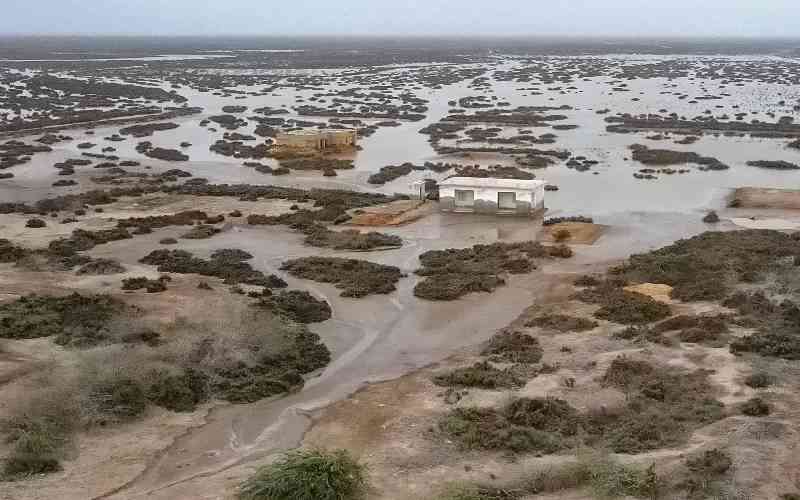
Niger became the first African country to eliminate the parasitic infection onchocerciasis, also known as river blindness, and the fifth worldwide, according to World Health Organisation (WHO). The declaration came after a decade-long effort that included vector control and mass drug administration to affected communities to reduce the prevalence of the infection to nearly zero.
"Onchocerciasis has long caused immense human suffering. It has also impeded the economic development of affected communities, driving people away from rivers, which are often lifelines for livelihoods," said WHO Regional Director for Africa Matshidiso Moeti,.
Onchocerciasis is spread by infected blackflies in rural areas along rivers and lakes. Columbia, Ecuador, Guatemala, and Mexico have eliminated the disease.
Senegal stopped treatment in 2022 and is now under post-treatment surveillance, while Equatorial Guinea, Ethiopia, Mali, Nigeria, Sudan, Tanzania, Togo, Uganda, and Venezuela have started to pull back on mass treatment.
According to WHO, Onchocerciasis is caused by Onchocerca volvulus, a parasitic worm that can cause intense itching, rashes, lumps under the skin, and vision loss, according to the CDC. There is no vaccine or drug to prevent onchocerciasis, which is the second leading infectious cause of blindness worldwide, according to WHO.
The parasite, which WHO said earned its nickname because the people most likely to be affected by it live or work near streams and rivers, is spread by repeated bites from infected black flies. According to the CDC, the parasite is found in rural sub-Saharan Africa, as well as Brazil, Venezuela, and Yemen.
WHO estimates that eliminating transmission of onchocerciasis can require at least 10 to 15 years of medical treatment for areas where the infection is endemic, the agencies said, in addition to vector control.
The WHO's verification is the culmination of nearly fifty years of collaboration in West Africa to control or eliminate river blindness. According to a press release by The End Fund and Reaching the Last Mile Fund (RLMF), Niger has created an estimated USD$2.3 billion in economic benefits by eliminating river blindness. The country has also added more than 17.8 billion working hours as families with river blindness-infected members were able to rejoin the workforce, boosting its GDP.
- Africa's health future in focus at AHAIC 2025 amid US aid freeze
- Time to embrace the healing power of music, it can also motivate you
- Early detection: Lucy's cervical cancer journey and key lessons for you
- Concern as mystery disease kills over 50 people in DRC
Keep Reading
Women, who make up a disproportionate percentage of caregivers, have reinvested 90 per cent of their earnings (USD$111 million) in their families and communities. Additionally, young girls treated for river blindness are likely to achieve higher levels of education and, therefore higher wages in their lifetimes.
"Niger is a country rich in natural resources but, for decades, river blindness prevented its people from being able to plant vegetables, rice, and other foods and mobilize partners for greater economic benefit," said Dr Salissou Adamou Batchiri, the National Coordinator of Onchocerciasis and Lymphatic Filariasis for Niger's Ministry of Public Health.
Adamou said that the disappearance of this disease has created a happier and healthier population physically and economically and encouraged Niger to continue working to eliminate other neglected tropical disease (NTDs).
"I want to thank not only the local authorities but also the courageous community who lived in the formerly endemic area for their dedication and contributions towards the successful elimination of this disease."
The End Fund (TEF) and Reaching the Last Mile Fund (RLMF), partnered with Niger's Ministry of Health to collect and file the evidence to support the claim for the elimination of transmission of this debilitating NTD.
NTDs are treatable, preventable parasitic and bacterial infectious diseases that needlessly hold back the lives and livelihoods of more than 1.6 billion people. The infection causes severe skin disease, visual impairment, and, in its most advanced form, irreversible blindness.
Globally, nearly 246 million people across 31 countries still require annual treatment for river blindness. Those living with the disease experience disrupted education and livelihoods, which affects their families and communities. Before the rollout of control and elimination programs, the risk of blindness due to the disease in West Africa affected up to 50 percent of adults. Entire communities abandoned their fertile river valleys to avoid the primary areas of transmission, increasing famine in affected regions.
In Kenya, ecological shifts, including the decline of freshwater crabs (an intermediate host for certain blackfly species), have reduced transmission in some regions. However, for many, the threat endures, intensified by limited healthcare access and resource constraints.
Other NTDs that are prevalent in Kenya include Leishmaniasis, Human African Trypanosomiasis (sleeping sickness), Schistosomiasis (Bilharzia), Lymphatic Filariasis (elephantiasis), Dracunculiasis, Ectoparasites (including jiggers) and Trachoma. Fifty percent of the population, representing 25 million Kenyans, is at risk of suffering NTDs. Snakebites are also among the NTDs that Kenya is struggling to eliminate.
 The Standard Group Plc is a multi-media organization with investments in media
platforms spanning newspaper print
operations, television, radio broadcasting, digital and online services. The
Standard Group is recognized as a
leading multi-media house in Kenya with a key influence in matters of national
and international interest.
The Standard Group Plc is a multi-media organization with investments in media
platforms spanning newspaper print
operations, television, radio broadcasting, digital and online services. The
Standard Group is recognized as a
leading multi-media house in Kenya with a key influence in matters of national
and international interest.











